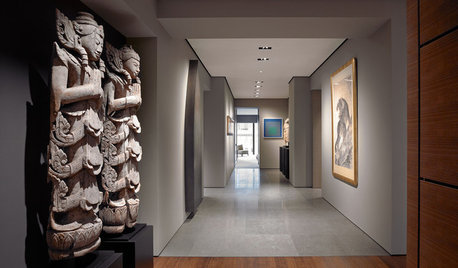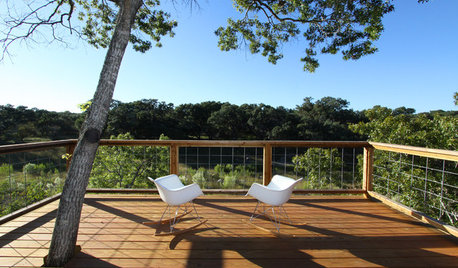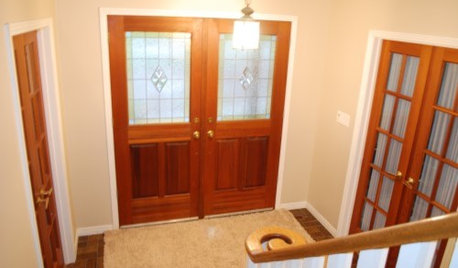Base and crown refinish help needed
Falling_Plumber
9 years ago
Related Stories

ORGANIZINGGet the Organizing Help You Need (Finally!)
Imagine having your closet whipped into shape by someone else. That’s the power of working with a pro
Full Story
DESIGN DETAILSDesign Workshop: The Modern Wall Base, 4 Ways
Do you really need baseboards? Contemporary design provides minimalist alternatives to the common intersection of floor and wall
Full Story
DECORATING GUIDESInteriors Need Energy? Look to Mondrian’s Paintings for Inspiration
The Dutch master of abstraction can help you return to basic colors, create zones, highlight function and more
Full Story
GREAT HOME PROJECTSWhat to Know Before Refinishing Your Floors
Learn costs and other important details about renewing a hardwood floor — and the one mistake you should avoid
Full Story
GREAT HOME PROJECTSHow to Refinish a Wood Deck
Keep your deck looking its best — and save feet from splinters — by applying a new stain and sealant every year or so
Full Story
SELLING YOUR HOUSEHelp for Selling Your Home Faster — and Maybe for More
Prep your home properly before you put it on the market. Learn what tasks are worth the money and the best pros for the jobs
Full Story
KITCHEN DESIGNKey Measurements to Help You Design Your Kitchen
Get the ideal kitchen setup by understanding spatial relationships, building dimensions and work zones
Full Story
SELLING YOUR HOUSE10 Low-Cost Tweaks to Help Your Home Sell
Put these inexpensive but invaluable fixes on your to-do list before you put your home on the market
Full Story
SELLING YOUR HOUSE10 Tricks to Help Your Bathroom Sell Your House
As with the kitchen, the bathroom is always a high priority for home buyers. Here’s how to showcase your bathroom so it looks its best
Full Story










Falling_PlumberOriginal Author
Falling_PlumberOriginal Author
Related Professionals
Barrington Hills Kitchen & Bathroom Designers · Buffalo Kitchen & Bathroom Designers · Clute Kitchen & Bathroom Designers · Fairland Kitchen & Bathroom Remodelers · Los Alamitos Kitchen & Bathroom Remodelers · Red Bank Kitchen & Bathroom Remodelers · Sicklerville Kitchen & Bathroom Remodelers · South Lake Tahoe Kitchen & Bathroom Remodelers · Westchester Kitchen & Bathroom Remodelers · Weymouth Kitchen & Bathroom Remodelers · Middlesex Kitchen & Bathroom Remodelers · Plant City Kitchen & Bathroom Remodelers · Brushy Creek Architects & Building Designers · Fort Lewis Architects & Building Designers · Seattle Architects & Building Designersakamainegrower
sombreuil_mongrel
lazy_gardens
Falling_PlumberOriginal Author
lazy_gardens
Falling_PlumberOriginal Author
Falling_PlumberOriginal Author
sombreuil_mongrel
sacto_diane
lazy_gardens
Falling_PlumberOriginal Author